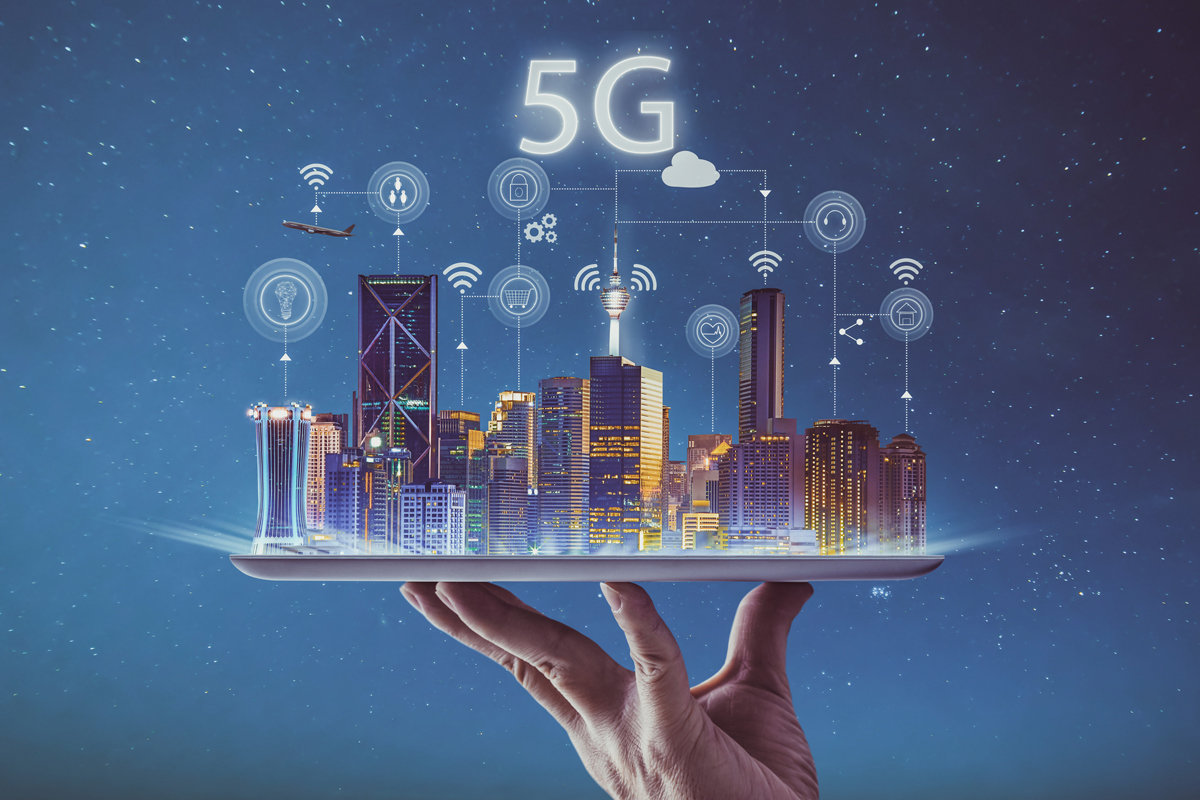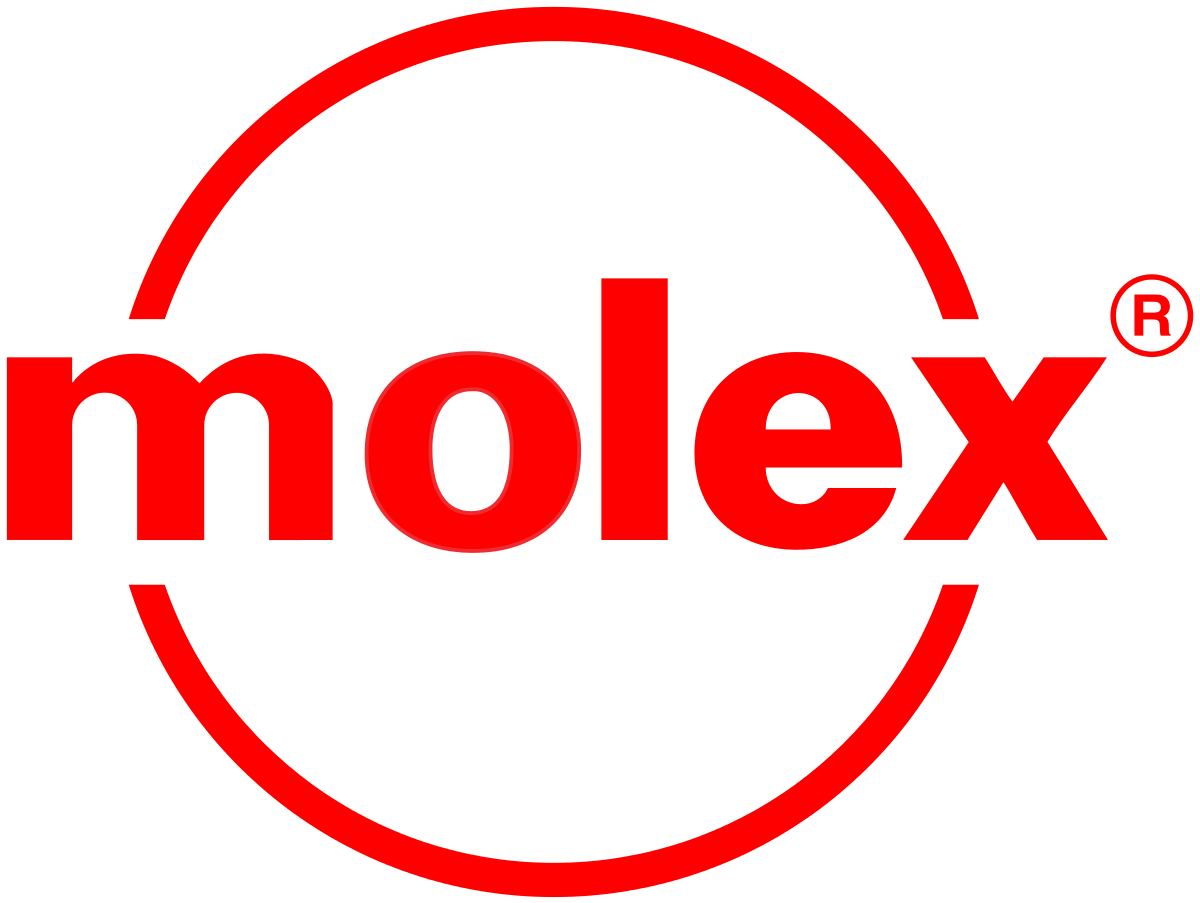
- 99% of those polled predict end-users will benefit within five years
- Nearly half of carriers surveyed predict value for users within one year
- New revenue streams and business models to emerge as ‘killer apps’ drive adoption
- Spectrum availability, cost, optimization and use top list of continued challenges
LISLE, IL – Molex, a leading global connectivity and electronics solutions provider, released results of a global survey of decision makers from telecom carriers exploring the “state of 5G” and the significant transformational opportunities it presents, along with its impact on deployment progress, current delivery challenges and emerging business prospects. Overall, carriers are optimistic: more than half of those surveyed expect to deliver substantial end-user benefits within two to five years while 47% reported that users already are seeing value or will within one year.
“The 5G market is nearing an inflection point as carriers report steady progress despite continued challenges,” said Aldo Lopez, president, Datacom Solutions, Molex. “Fully realizing 5G’s potential will transform multiple industries and markets. It is a long game that requires collaboration across an entire ecosystem of hardware, software and connectivity companies to innovate to these new mobile network standards, which in turn, will accelerate user adoption.”
Molex commissioned Dimensional Research to conduct The State of 5G Survey in February 2021, polling more than 200 qualified participants in engineering, product and R&D roles at network operators or Mobile Virtual Network Operators (MVNOs). A variety of 5G questions were asked, with emphasis on timing and use cases. More than half of those surveyed reported 5G deployment delays caused by the impact of COVID-19 while more than a third reported future roadmaps delays.
Other key findings include:
- 92% expect to achieve 5G business goals within five years; larger carriers reported a focus on generating new revenue streams while supporting existing business to reduce operational costs and accommodate increasing demand (65%)
- Consumer devices leveraging 5G technology will be first to generate significant new revenue (43%), followed by industrial and IIoT (35%) and fixed wireless access (33%)
- 100% of respondents report issues with 5G deployment; top-three challenges are spectrum issues (41%), lack of consumer use cases (31%) and regulations (30%)
When asked to identify the most important technology or industry changes that will enable network operators to achieve their business goals, respondents cited reduced costs of 5G infrastructure and network equipment (41%); innovation in enabling technologies, including semiconductors and sensors (31%); availability of new types of devices that require connectivity (26%); as well as stable and consistent government regulations (22%).

Split Decision on Need for ‘Killer Apps’ to Drive Adoption
Only three in five survey participants reported the need for a “killer app” or transformative use case to drive 5G adoption and significant new business revenues. Augmented reality, gaming and smart home applications topped the list of primary consumer devices while robotics, logistics and factories were the leading 5G-enabled use cases for industrial and IIoT.
Rural home access topped the list of primary uses cases for fixed wireless access at 53%, followed by city and suburban home access (45%) and remote industrial infrastructure access (41%). Additionally, autonomous driving, vehicle-to-everything (V2X) communications and vehicle telematics ranked highest on the list of primary use cases for the automotive industry. Remote patient monitoring, medical wearables and remote surgery were identified as “killer apps” for the medical market.
Timeline of User Benefits by Region
Only 25% of those polled believe that 5G is delivering substantial benefits to consumers today, but 99% anticipate substantial benefits within five years. More than half said consumers in Japan and Korea already recognize substantial benefit from 5G. China also continues to gain traction with more than half of survey respondents indicating that consumers benefit currently (24%) or are expected to benefit within one year (27%). According to the survey, expectations for the U.S. are that it will take two-to-five years (75%) for consumers to fully realize significant advantages nationwide.
5G Technologies and Topologies Take Hold
Small cell (48%), mmWave (46%) and private networks (46%) were identified as the top three technologies/topologies to play critical roles in enabling 5G advantages. While no consensus was reached on which technology would be first to impact users, mmWave emerged as the long-term leader, garnering 47% of the votes, followed by sub-6 (27%) and wide-area low power (26%).
Molex Data Communications
Molex builds on decades of innovation and expertise in the telecom and datacom industries to help streamline critical network infrastructure upgrades while addressing an array of technology challenges with higher-frequency communications and connectivity. The company has proven expertise in signal-integrity and optical wavelength management, optical transceivers and connectivity, radio frequency (RF) technology and antennas as well as mmWave and micro connectors. Complete product design, testing and manufacturing capabilities extend across the 5G ecosystem of network service providers, equipment OEMs, device manufacturers along with key stakeholders in automotive, consumer, enterprise, industrial and medical markets.
Source: molex.com
